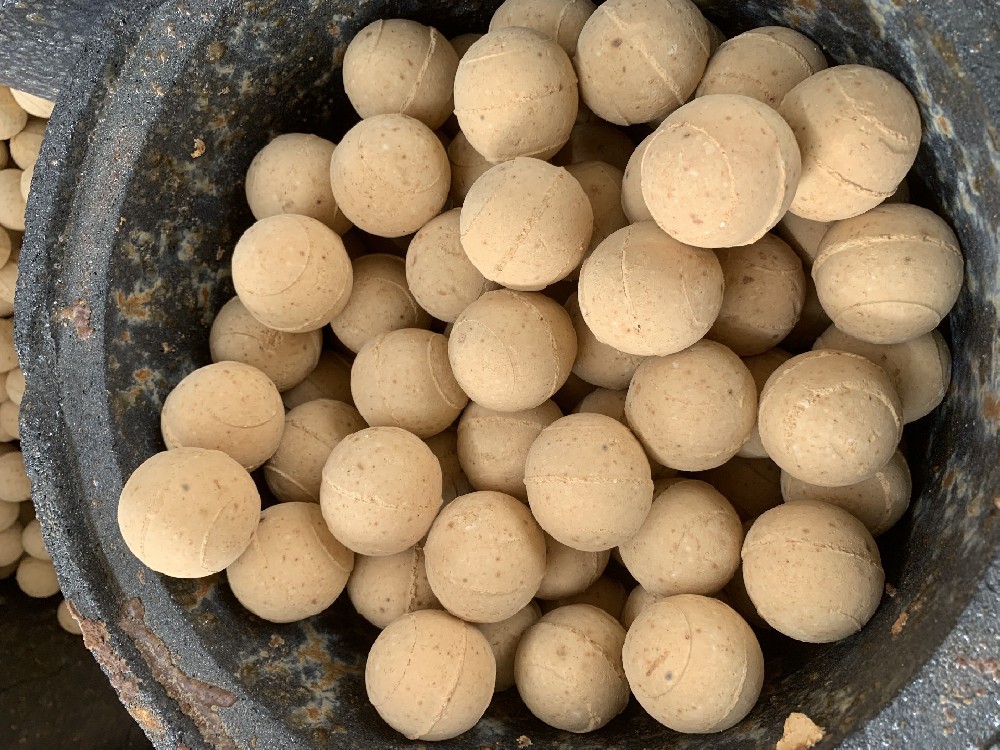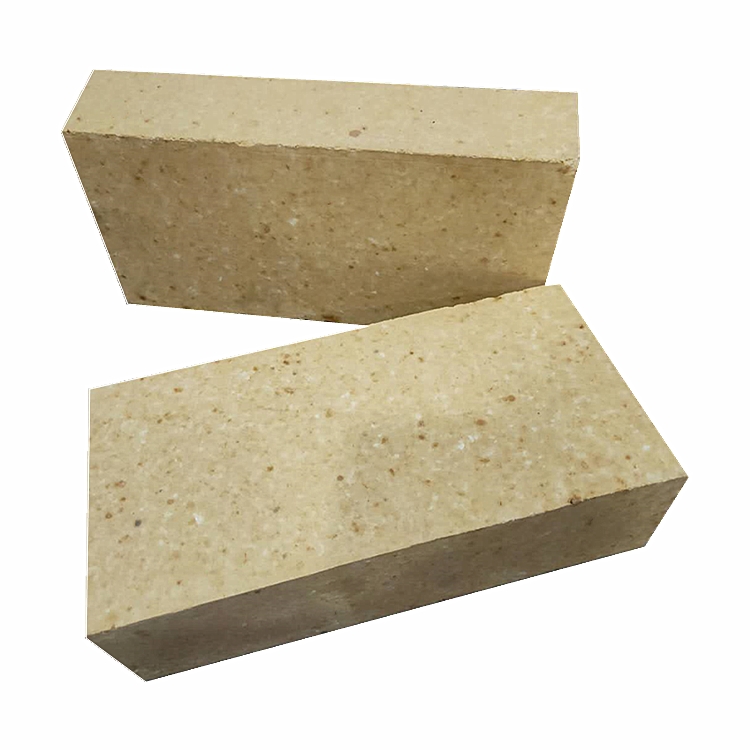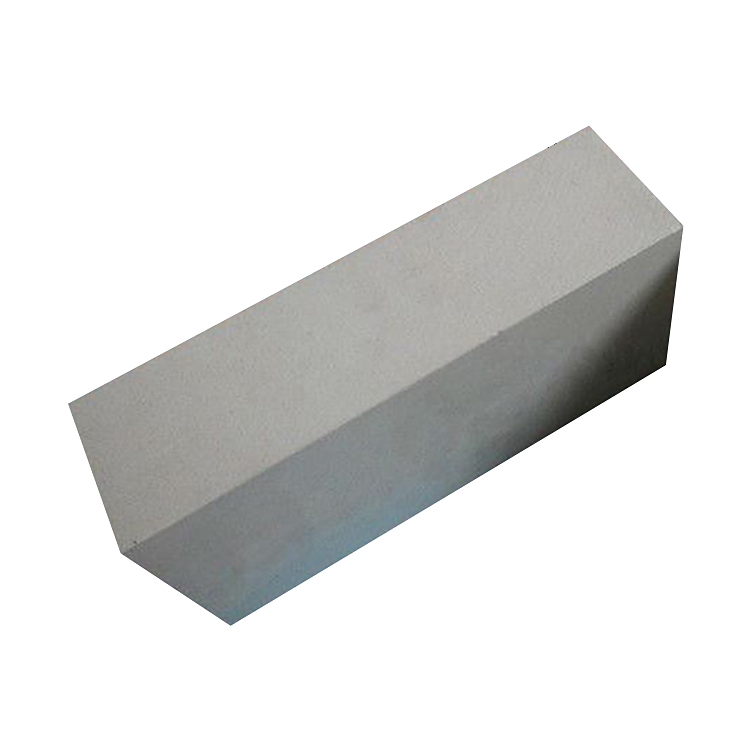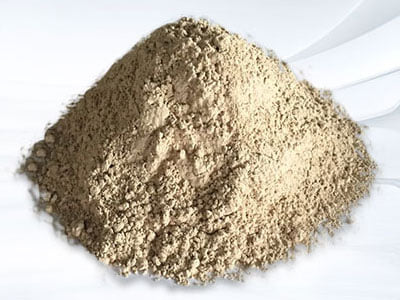Classification of magnesia bricks
Magnesia bricks belong to MgO products and belong to alkaline refractory bricks. Magnesium oxide is an alkaline oxide, which has the general properties of alkaline oxides and belongs to a cementitious material. White or off-white powder, odorless, tasteless, non-toxic, is a typical alkaline earth metal oxide, chemical formula MgO.
The raw materials for the production of magnesia bricks mainly rely on magnesite. The production process of magnesia bricks is to mix dead-burned magnesia (particles below 5 mm to fine powder) with an appropriate amount of sulfite pulp waste liquid or caustic magnesia as a binder. Compression molding under a press. The composition of magnesia brick is: metallurgical magnesia, sulfite pulp waste liquid, caustic magnesia. Metallurgical magnesia is MgO decomposed from magnesite above 1600 ℃, its composition is: MgO: 92-93.5%, Fe2O3: 1.5-3%, AL2O3: 0.5-3%, CaO: 1-2.5%, SiO2 : 2-2.5%.

Classification of magnesia bricks
Magnesia bricks with high purity and firing temperature are called direct-bonded magnesia bricks due to the direct contact of periclase grains; bricks made of fused magnesia as raw materials are called fused re-bonded magnesia bricks.
Disadvantages of magnesia bricks
When the liquid phase appears in the brick at high temperature, it will shrink suddenly. The thermal conductivity of magnesia bricks is relatively high, second only to carbon bricks and silicon carbide bricks in refractory products, and it decreases with the increase of temperature. The ability of magnesia bricks to resist acid slag is very poor, so they cannot be directly contacted with silica bricks when used, and neutral bricks are generally used to separate them. If it is used in the bottom of electric furnace, attention should be paid. The hydration resistance of magnesia bricks is poor, it is easy to hydrate when exposed to water, and cracks occur, reducing its strength. Therefore, pay attention to moisture, rain and snow during storage and transportation.
The use of magnesia brick
Magnesia brick for industrial lime kiln; glass industry regenerator lattice and heat exchanger; high temperature calcining kiln, shaft kiln and tunnel kiln in refractory industry.
-

Thermal storage alumina balls
The Thermal storage alumina ballsis made of industrial alumina and refractory kaolin as the main raw materials through scientific formula, forming and high-temperature calcination.Thermal storage alumina ballss are divid··· -

Anti-stripping high alumina brick
Use description of Anti-stripping high alumina brick1. Anti-stripping high alumina brick has a good application in low temperature parts such as large and medium-sized cement precalciner, kiln smoke chamber, indoor decom··· -

Anti-stripping high alumina bricks
Anti-stripping high alumina bricks are made of high alumina bauxite clinker, mullite, kyanite, zircon sand, and binder after granulating and powdering processes, mixed in a certain proportion, pressed into shape, and fir··· -

silica hot repair refractory
Performance index of silica hot repair refractoryThe material is a kind of plastic unshaped refractory material, its main component is SiO2, it is made of special clinker and various binders and additives, and it is proc···

